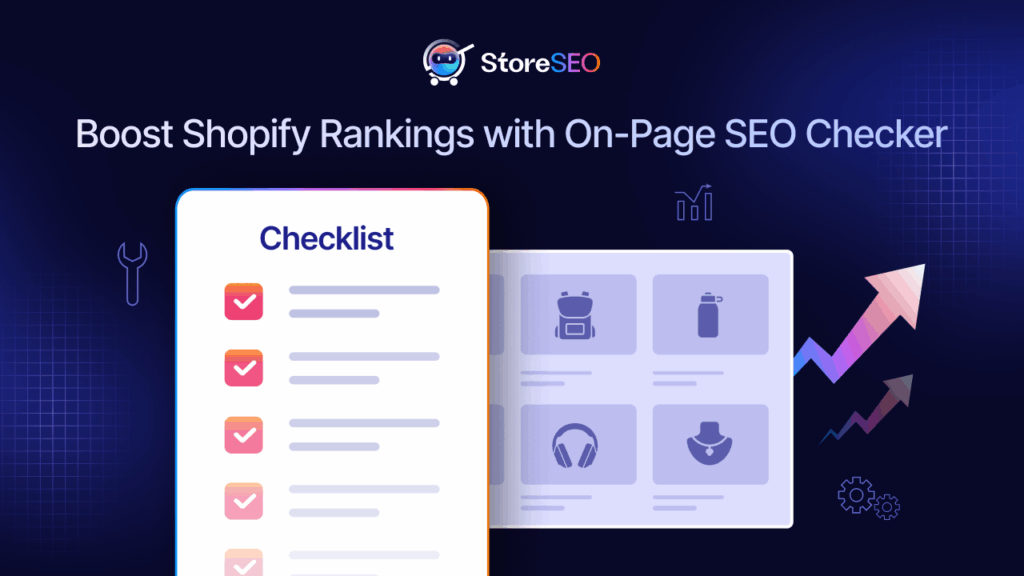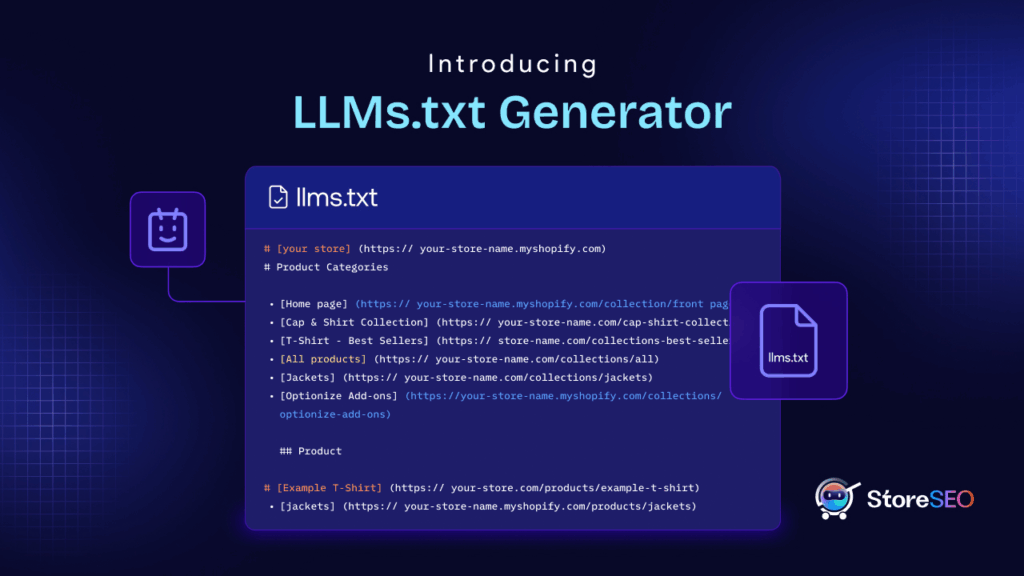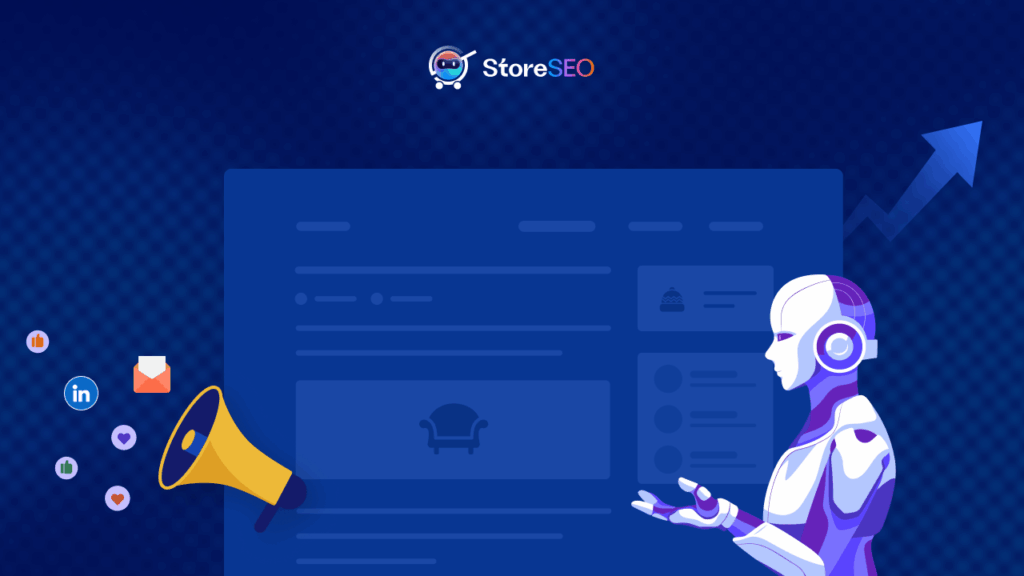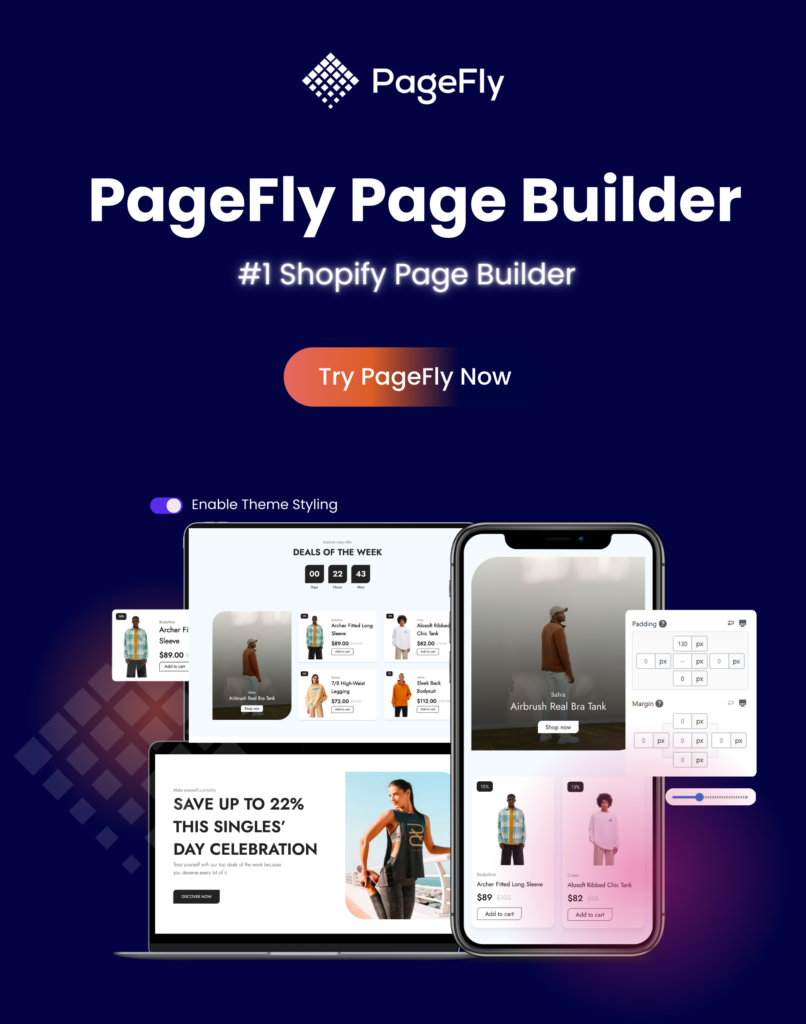Shopify is a leading eCommerce platform that enables entrepreneurs to build and manage online stores easily. It offers a comprehensive suite of tools for creating and customizing websites, managing inventory, processing payments, and handling shipping. In this blog, we will explore how to start the first, eCommerce business with Shopify, and how Shopify has become the platform of choice for millions of businesses worldwide.

Research And Planning
Before diving into setting up your Shopify store, it is crucial to lay a solid foundation through thorough research and planning. This initial phase will help you identify viable product opportunities and set your business up for success.
Identify Product Opportunities
Finding the right products to sell is one of the most critical steps in starting your eCommerce journey. Here are some strategies to help you identify promising product opportunities:
Explore Market Gaps And Trending Products
Start by analyzing the current market to identify gaps or unmet needs. Look for products that solve common problems or offer unique solutions. You can use tools like Google Trends to explore what people are searching for and identify emerging trends. Additionally, keep an eye on social media platforms and online marketplaces to spot trending products or categories.
Consider Personal Interests And Expertise
Your passions and areas of expertise can be excellent sources of product ideas. Think about hobbies, skills, or industries you are familiar with. Your knowledge and enthusiasm can give you a competitive edge in understanding customer needs and marketing your products effectively.
For instance, if you are a fitness enthusiast, you might consider selling workout equipment or nutritional supplements. Your firsthand experience can help you select quality products and provide valuable advice to customers.
Utilize Tools Like Google Trends And Shopify’s Product Research Tools
Take advantage of various online tools to conduct in-depth product research. Google Trends allows you to explore search interests over time for specific products or categories. This can help you gauge long-term demand and identify seasonal trends.
Shopify offers its suite of product research tools to help you find winning products. The Shopify Compass provides free courses on product research and selection, while the Oberlo marketplace allows you to explore trending products you can dropship through your Shopify store.
Analyze Your Competition
When launching your first eCommerce business on Shopify, it is crucial to thoroughly analyze your competition. Understanding the landscape of existing players in your niche will help you identify opportunities and develop strategies to stand out. Here are some key aspects to focus on:
Study Competitor Strengths And Weaknesses
Take a deep dive into your top competitors’ online presence. Examine their websites, product offerings, pricing, marketing tactics, and customer experience. Make note of what they do well and areas where they fall short. For example:
- Browse their product pages and note the quality of product descriptions, images, and videos
- Go through their checkout process to evaluate ease of use
- Read customer reviews to understand pain points and satisfaction levels
- Analyze their social media presence and engagement with followers
Identify Unique Selling Propositions (USPs)
A unique selling proposition sets your brand apart from competitors and gives customers a compelling reason to choose you. As you analyze competitors, pay close attention to how they position themselves and communicate their value to customers. Ask yourself:
- What makes each competitor unique?
- How do they differentiate themselves from others in the market?
- What customer needs or pain points are they addressing?
Use these insights to craft your own distinctive USP. Perhaps you can offer more personalized service, higher quality products, or innovative features that competitors lack. The Harvard Business Review’s article on creating a compelling value proposition offers valuable guidance on developing a strong USP.
Setting Up Your Shopify Store
Starting your first eCommerce business with Shopify is an exciting venture that can be accomplished with a few key steps. Let us walk you through the process of setting up your Shopify store, which is the foundation of your online business.
Create a Shopify Account
The first step in your eCommerce journey is to create a Shopify account. Head over to the Shopify website and sign up for a free trial. This trial period allows you to explore the platform and set up your store without any immediate financial commitment.

Once you are familiar with the features and confident about moving forward, you can choose a suitable plan based on your business needs. Shopify offers various plans catering to different business sizes and requirements, with apps to enhance the store performance. You can try installing StoreSEO for complete organic SEO solutions.
Choose a Store Name And Domain
Selecting a store name is a crucial decision that will shape your brand identity. Your store name should be unique, memorable, and reflective of your business. Once you have decided on a name, it is time to secure a domain name that matches.
A domain name is your store’s address on the internet, and having one that aligns with your store name helps in brand recognition and makes it easier for customers to find you online. Shopify allows you to purchase a domain directly through their platform, making the process seamless.
Select a Shopify Theme
The visual appeal of your online store plays a significant role in attracting and retaining customers. Shopify offers a wide range of themes through its Theme Store, including both free and paid options.

When choosing a theme, consider one that aligns with your brand aesthetics and complements your product offerings. Look for themes that are mobile-responsive, as a significant portion of online shopping happens on mobile devices.
Once you have selected a theme, customize it to reflect your unique brand identity. Shopify’s user-friendly interface allows you to modify colors, fonts, and layouts without needing advanced technical skills.
Take time to personalize your store’s appearance to create a memorable shopping experience for your customers. With your store set up, it is time to populate it with your products. This step is crucial as it directly impacts your sales and customer experience.
Product Listings
Creating effective product listings is an art that combines informative content with appealing visuals. Start by adding comprehensive product titles that clearly describe what you are selling. Follow this with detailed product descriptions that highlight key features, benefits, and any unique selling points. Categorize your products appropriately to make navigation easier for your customers.
High-quality images and videos are essential for showcasing your products effectively. Invest in professional product photography or learn to take high-quality photos yourself. Multiple images showing different angles and uses of the product can help customers make informed decisions.
Setting the right prices and managing your inventory efficiently are also crucial aspects of product listings. Shopify provides tools to help you track stock levels and even automate reordering when stocks run low.
Optimize Product Pages
To maximize the visibility and appeal of your products, it is important to optimize your product pages. Implement SEO best practices for your product titles and descriptions. This includes using relevant keywords naturally within your content to improve search engine rankings.

Customer reviews and ratings add credibility to your products and can significantly influence purchasing decisions. Encourage your customers to leave reviews and prominently display these on your product pages.
Lastly, implement product recommendations and upsells on your product pages. This not only enhances the shopping experience by showing customers related items they might be interested in but also increases the average order value. Shopify offers various apps that can help you set up smart product recommendations based on browsing history, purchase behavior, and other factors.
Managing And Growing Your Business
Once you have set up your Shopify store, the next crucial step is to market your eCommerce business effectively. A well-planned marketing strategy can help you reach your target Run Paid Advertising And Monitor Performance.
To boost your Shopify eCommerce business, implement a balanced approach of organic and paid marketing strategies. Utilize Google Ads and social media advertising to target high-intent customers and specific demographics, setting a clear budget and monitoring performance metrics to optimize campaigns.
Leverage Shopify’s analytics tools to track sales, traffic, and customer behavior, using these insights to refine your strategies. Expand your reach by exploring additional sales channels like Amazon and eBay, introducing new products, and considering international expansion through localization.
Also, try to utilize tools like StoreSEO that will enhance your workflow with proper SEO optimization. It will help your products rank better in search engine results and target your potential customers.
This comprehensive approach combines targeted advertising, data-driven decision-making, and strategic growth initiatives to maximize your online store’s potential in the competitive eCommerce landscape.
Have you found our blog useful? If you do, please subscribe to our blog for more tips, tutorials, and updates on industry-related topics.








